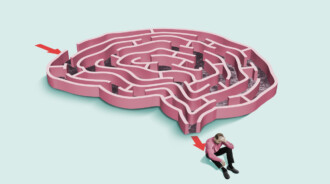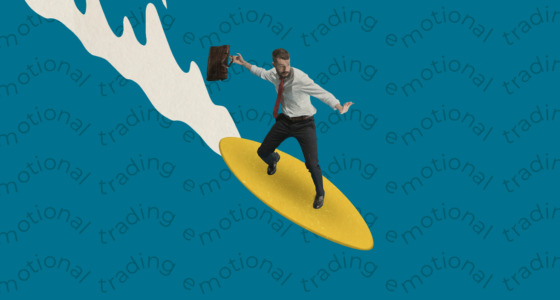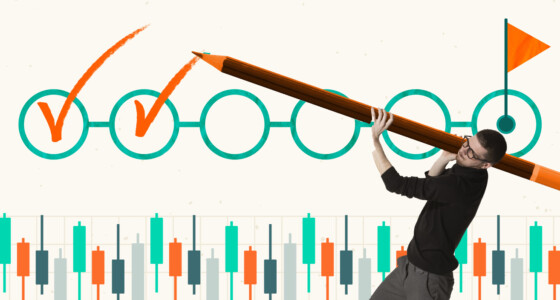

When trading, there ultimately comes a time when you make a loss. Even the most seasoned traders experience this. A trading loss is not the end of the world, however. You will recover. You just need to know how to recover from losses, and how to deal with them! We look at how you can do this in the below article.
1. Accept responsibility and learn from your mistakes
One of the most important things you MUST do is to accept responsibility for the loss. Ultimately you executed the trades that led to the loss.
Pushing the blame on other things like the trading platform, the asset, or the economic climate is not the answer. These may be contributing factors but shifting the blame will not help you improve your trading strategy. You will simply continue with the plan that caused the loss and potentially make further losses.
Accept responsibility and learn from your mistakes.
2. Take a break and refrain from rash decision-making
One of the WORST things you can do after a loss is to continue trading.
After a loss, your emotions will be in turmoil. You may be feeling angry, upset, confused, and stressed. This melting pot of emotions creates the perfect storm for making more poor trading decisions.
Step away from your monitors or smartphone. Close your trading platform. Take a break.
Traders have the benefit of global markets, online access, and a huge number of days in the year when you can trade. Therefore, there is no harm in taking a break to cool down, gather your thoughts, and let your emotions settle.
3. Revert to a demo account to regain your confidence
A large trading loss usually gives a huge blow to your confidence – this is understandable. You may, therefore, find it difficult to start trading again for the fear or making further losses.
In this instance, revert to a demo account. Most trading platforms and brokers give demo accounts where you can practice your strategies. Spend time using a demo account to rebuild your confidence before jumping back in to real-money trading.

4. Start small
Once you have regained your confidence via a demo account, there is no need to immediately start trading big. You will succeed again, and you will make decent profits again – in time.
In the immediate aftermath of a loss, be conservative and trade small. Patience is the key here. Once you make a few small profit trades, your confidence will soar. From there you can start to increase the trading amount, and work your way back to your previous position.
5. Re-assess the basics and your trading plan
Another incredibly important thing to do is to look at what went wrong. Why did you make the loss? Was it a poorly timed trade? Or perhaps you chose the wrong type of order? Pinpoint the trade, and the reason why you suffered the loss.
From here, you can assess the situation and make changes if necessary to your trading plan. Look at the basics and make sure you are happy with your setup and what you are doing. Is your trading plan effective for the current economic climate? Do you need to make any changes? Spend as much time as you want re-assessing and perfecting your trading plan.
6. Wait out the loss
As the saying goes, a trading loss is only realized when you sell the asset. Until then, it is an “unrealized loss” – it’s fictional and doesn’t actually affect your bottom line.
A plausible recovery strategy is to simply wait out the loss and leave it unrealized. You could simply hold onto the asset and wait for the price to bounce back to your original purchase price, for example. Eventually, leaving an unrealized loss could also result in a profit if the price bounces back and exceeds your purchase price.
A loss is only a loss when you sell!
7. Look at diversifying your portfolio
Lastly, it may be time to diversify your portfolio. In most instances, it is beneficial to have a diverse trading portfolio. This should include a bulwark of low-risk assets that have more predictable price fluctuations. These can be offset by some high-risk assets that have volatile prices.
A balanced and diverse portfolio can help when you experience loss and give you a safeguard to fall back on.
We understand that a loss deals a real blow to your confidence as a trader. However, as you can see from the above, recovery is simple! By using these seven tips, you should be able to consolidate, adjust, and improve your trading process going forward.









